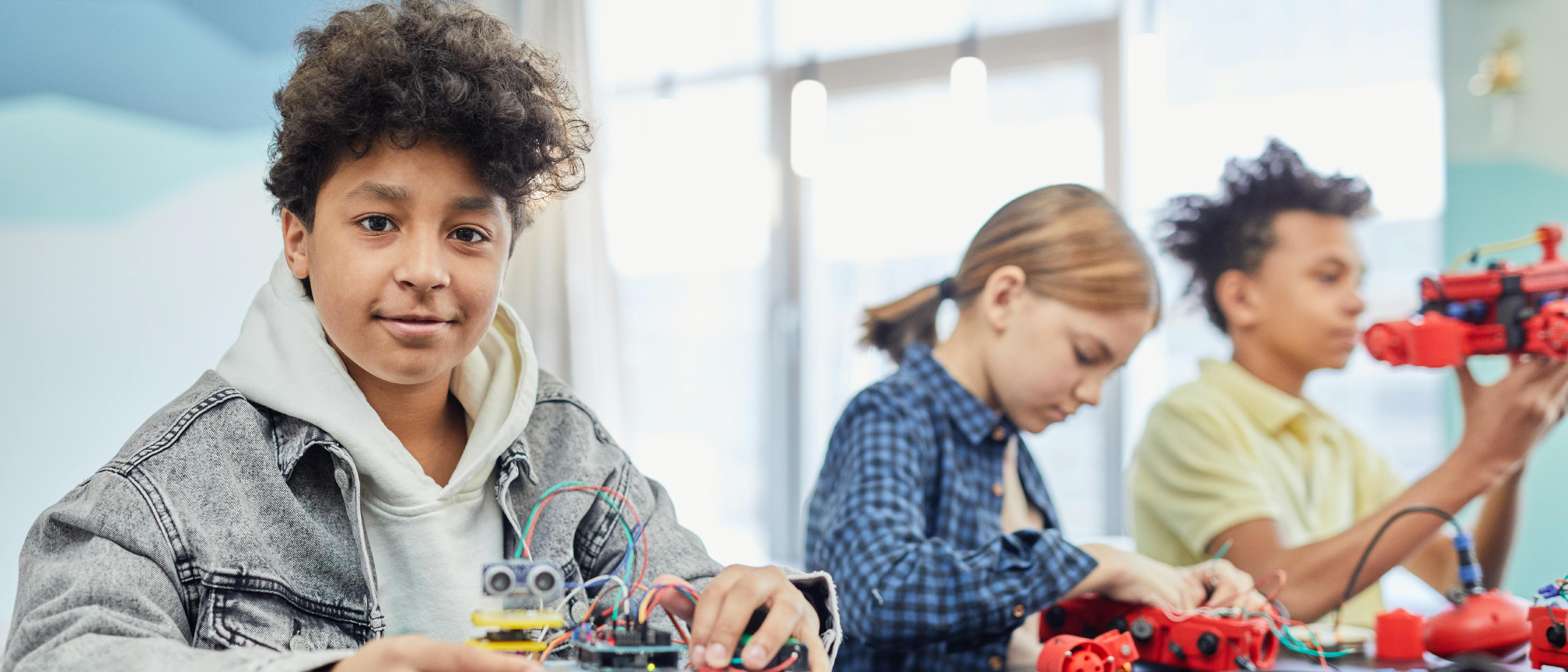What Is the Maker Movement?
Posted on May 5, 2025 • 5 min read • 945 wordsIn this article, we'll explore what defines this movement, its origins, social impact and future prospects.

The maker movement has gained worldwide recognition in recent years, revolutionizing the way we think about creativity, technology, and the production of objects and solutions. Rooted in the “do-it-yourself” (DIY) philosophy and culture, people come together to create, modify, fix, and reinvent objects, devices and systems. This approach emphasizes experimentation, collaboration and knowledge sharing, encouraging both professionals and enthusiasts to get hands-on and turn ideas into reality.
Origins and Evolution of the Maker Movement
The roots of the maker movement can be traced back to DIY traditions that existed decades before the advent of the internet and the digital revolution. However, the rapid spread of information through the web and the rise of online communities were key factors in the exponential growth of the movement over the last few decades.
In the 2000s, the democratization of digital technologies, alongside the rise of open-source software and easier communication between like-minded individuals, spurred the creation of countless maker initiatives and communities worldwide. Events such as science fairs, tech expos, and robotics competitions helped celebrate maker culture and brought together people from various fields of knowledge.
Key Characteristics
Creativity and Innovation: The maker spirit encourages both individual and collective creativity. It’s common to see makers combining various technologies — like electronics, mechanics, programming, and design — to develop innovative projects that meet specific needs or solve everyday problems.
Access to Tools and Technology: With the popularization of 3D printers, laser cutters, prototyping boards (such as Arduino and Raspberry Pi) and design software, access to technologies that were once limited to industry or specialized labs has become more democratic. This accessibility has driven the creation of collaborative spaces like hackerspaces and fab labs, where modern tools are available to everyone.
Collaboration and Sharing: Collaboration is one of the core pillars of the maker movement. Online communities, workshops and in-person meetups foster the sharing of knowledge, experiences and even complete projects. This exchange-friendly environment helps solve technical challenges and encourages improvisation and continuous project improvement.
Education and Empowerment: Many makers are actively involved in educational efforts, offering workshops and courses that broaden access to technology. This hands-on approach to learning enables a deeper understanding of theoretical concepts and helps develop skills ranging from critical thinking to creative problem-solving.
Social Impact
The maker movement represents a revolution in how technology is used and shared. By opening access to sophisticated tools and promoting practical learning, the movement helps develop a more technologically literate and capable public ready to meet 21st-century challenges. In doing so, it promotes digital inclusion and empowers people to innovate, regardless of their technical or financial background.
By encouraging experimentation and calculated risk-taking, maker environments become fertile ground for the emergence of new ideas and startups. Many projects started in community spaces have evolved into successful businesses, transforming everyday problems into opportunities through technology and innovation.
Educational institutions have also greatly benefited from the maker movement’s principles. The implementation of makerspaces and hands-on workshops in schools and universities promotes more dynamic and interdisciplinary learning. This active educational approach not only improves students’ understanding of technical concepts but also prepares them to face real-world challenges with creativity and critical thinking.
Maker Spaces
In many cities around the world, spaces dedicated to maker culture are emerging — such as hackerspaces, fab labs, and makerspaces. These places act as true hubs of innovation, where people with diverse skill sets can meet to work on collaborative projects, learn new techniques, and even develop solutions to local problems.
Additionally, fairs and events like Maker Faire and hackathons bring together thousands of enthusiasts, promoting idea exchange and encouraging partnerships. Such initiatives not only highlight the importance of creativity and collaboration but also demonstrate how technology can be used to improve the lives of people in different communities.
Challenges and Future Prospects
While the maker movement has shown significant growth and positive impact across various areas, it still faces some important challenges:
Access and Inclusion: Despite ongoing democratization, many people still face barriers due to lack of resources or access to new technologies. Projects aimed at increasing inclusion and spreading this knowledge are essential.
Sustainability of Maker Spaces: Many of these spaces rely on volunteers, donations and external funding. Making these hubs financially sustainable is a major challenge to ensure their continued operation.
Integration with Traditional Industry: The growing overlap between the maker movement and industrial sectors still needs to be further explored. Partnerships that combine the creativity of makers with large-scale production infrastructure could lead to innovations that benefit society as a whole.
Conclusion
The maker movement is more than just a trend — it’s a cultural transformation that redefines how we engage with technology and creativity. By promoting open access to tools and knowledge, encouraging collaboration and empowering people of all ages and backgrounds, the maker movement not only democratizes production but also paves the way for innovations that can transform society.
Whether you’re an enthusiast looking to explore new technologies, an educator interested in more hands-on teaching methods, or an entrepreneur seeking innovative ideas, the maker universe has something to offer. In environments where experimentation is encouraged and failure is seen as an essential part of learning, everyone has the opportunity to become a change agent and a creator of solutions that shape the future.
The future of the maker movement promises even more integration between technology, education, and entrepreneurship — paving the way for a society where knowledge and creativity are accessible to all. After all, in the spirit of “do it yourself,” every idea can be the start of a major revolution.
So, what will you create today? Share your ideas in the comments below!